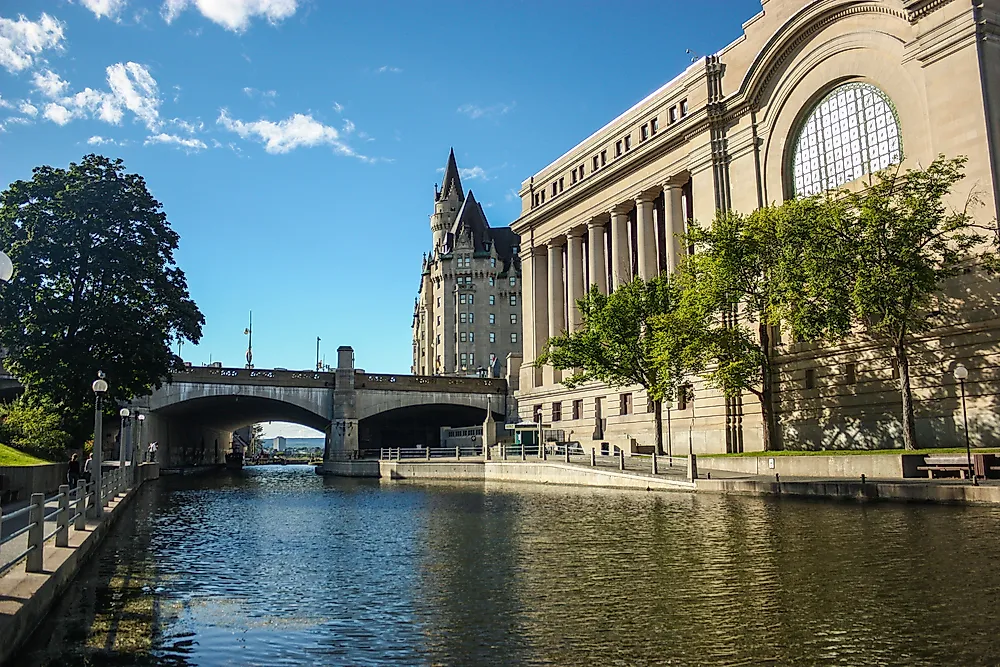What Are The Differences Between A River And A Canal?

Canals are artificial or human-made channels or waterways that are used for navigation, transporting water, crop irrigation, or drainage purposes. Therefore, a canal can be considered an artificial version of a river.
Rivers, on the other hand, are naturally flowing watercourses, and typically flow until discharging their water into a lake, sea, ocean, or another river, while canals are constructed to connect existing rivers, seas, or lakes. However, occasionally some rivers do not discharge their water into lakes, seas, oceans, or other rivers. Rivers that do not empty into another body of water might flow into the ground or simply dry up before reaching another body of water. Additionally, small rivers can also be referred to as streams, rivulets, creeks, rills, or brooks.
Ancient Canals
Ancient canals were constructed for the purposes of irrigation, and some of the earliest canals were built by the Phoenicians, Sumerians, Babylonians, Assyrians, and Egyptians. For example, the Assyrian King Sennacherib built one of the earliest canals in the 7th century BC. The canal, which was stone-lined and had a length of 50 miles long and a width of 66 feet, supplied fresh water to Nineveh, and was sourced from Bavian. Another notable canal built during this period was Nahrawān, which was approximately 200 miles long and 400 feet wide, and involved damming the Tigris River near Sāmarrā and in order to supply water to Al-Kūt throughout the year.
Classification
Canals can be broadly classified into two categories: aqueducts and waterways. Aqueduct canals are generally used for the purpose of transporting and supplying water for human use, such as in municipalities, as well as for agriculture and irrigation. Waterways canals are typically used for navigation purposes, in which vessels transport people and goods. Waterways canals can connect to other canals, rivers, lakes, seas, or oceans. They can also be used as part of a city's transportation network, such as in Venice (Italy), Amsterdam (Netherlands), and Bangkok (Thailand). Rivers can be classified in numerous ways, such as based on topography, biotic status, connectivity, or scale of difficulty, as in the case of whitewater rafting and canoeing.
Development of Canals in Britain
Britain was the first country to establish a nationwide network of canals. The British Isles had numerous navigable rivers and experienced exponential growth of canals as a result of the industrial revolution in the 18th century, which demanded increased transportation options and capacity. This resulted in the growth of a network that covered areas such as Midlands, the South, parts of Wales, and North of England. Although Scotland had canals, it was not connected to canals in England, except for the Forth and Clyde Canal, Union Canal, and Monkland Canal, which connected Glasgow and the River Clyde to Edinburg and the River Forth. Over time, building techniques became more advanced and older canals were improved, which significantly reduced the time and cost associated with transportation by canal.











